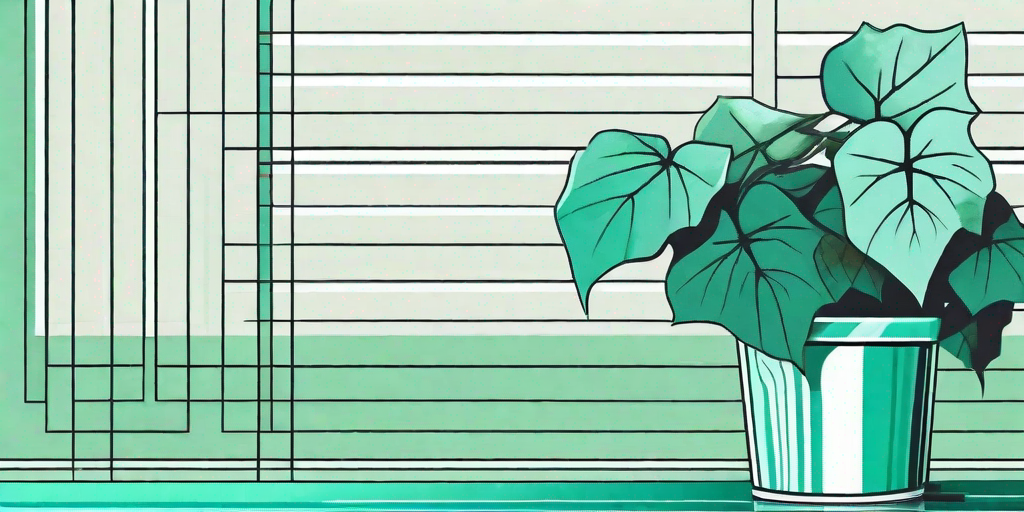
There's a certain charm to the ivy-covered walls of a stately manor or a quaint cottage. But, let's face it, ivy can be a bit of a diva, demanding constant attention and care. One of the secrets to keeping your ivy looking its best is waxing. Yes, you heard it right. Waxing isn't just for legs and eyebrows anymore. It's time to dive into the world of ivy waxing and discover how to keep your green companion looking smooth as silk.
The Art of Ivy Waxing
Before you start imagining yourself armed with a tub of hot wax and a spatula, let's clarify what ivy waxing actually means. It's a process of applying a layer of protective wax to the leaves of your ivy to keep them shiny, healthy, and resilient. It's like a spa treatment for your ivy, minus the cucumber slices.
Waxing your ivy isn't just about aesthetics, though. It also serves a practical purpose. The wax layer acts as a barrier against pests, diseases, and harsh weather conditions. It's like a superhero cape for your ivy, giving it the power to withstand the challenges of the great outdoors.
Choosing the Right Wax
Not all waxes are created equal. Some are too heavy, some too light, and others just right. It's like the Goldilocks of the wax world. For ivy, you want a wax that's light enough not to weigh down the leaves but strong enough to provide ample protection.
There are several types of waxes available on the market, from natural beeswax to synthetic paraffin wax. Each has its pros and cons, so it's important to choose the one that best suits your ivy's needs and your personal preferences.
How to Wax Your Ivy
Now that we've covered the basics, let's roll up our sleeves and get down to business. Here's a step-by-step guide on how to wax your ivy to perfection:
- Start by cleaning the ivy leaves. This can be done using a damp cloth or a soft brush. The goal is to remove any dust or dirt that might interfere with the waxing process.
- Next, prepare your wax. If you're using a solid wax, you'll need to melt it first. This can be done in a double boiler or in the microwave. Be sure to stir the wax occasionally to ensure it melts evenly.
- Once the wax is ready, apply it to the ivy leaves using a soft brush. Be sure to cover the entire surface of the leaf, but avoid applying too much wax as this can make the leaves look greasy.
- Let the wax dry. This can take anywhere from a few minutes to a few hours, depending on the type of wax you're using.
- Finally, buff the leaves using a soft cloth. This will remove any excess wax and give the leaves a nice, shiny finish.
And voila! Your ivy is now as smooth as silk and ready to take on the world.
Common Mistakes to Avoid
As with any task, there are a few common mistakes to avoid when waxing your ivy. Here are the top three:
- Over-waxing: Less is more when it comes to waxing. Applying too much wax can suffocate the leaves and hinder their ability to photosynthesize.
- Not cleaning the leaves: Skipping this step can result in a patchy wax job and can trap dirt and dust under the wax layer.
- Using the wrong wax: As mentioned earlier, it's important to choose the right wax for your ivy. Using the wrong one can do more harm than good.
FAQs
Can I wax any type of ivy?
Most types of ivy can benefit from waxing, but it's always a good idea to do a small patch test first to see how your ivy reacts to the wax.
How often should I wax my ivy?
This depends on the type of ivy and the conditions it's exposed to. As a general rule, waxing once or twice a year should be sufficient.
Can I use any type of wax?
Not all waxes are suitable for ivy. It's best to use a wax that's specifically designed for plants, or a natural wax like beeswax.
Conclusion
Waxing your ivy may seem like a daunting task, but with a little practice and patience, it can become a fun and rewarding part of your gardening routine. So, why not give it a try? Your ivy will thank you for it, and your neighbors will be green with envy at your lush, shiny ivy.















